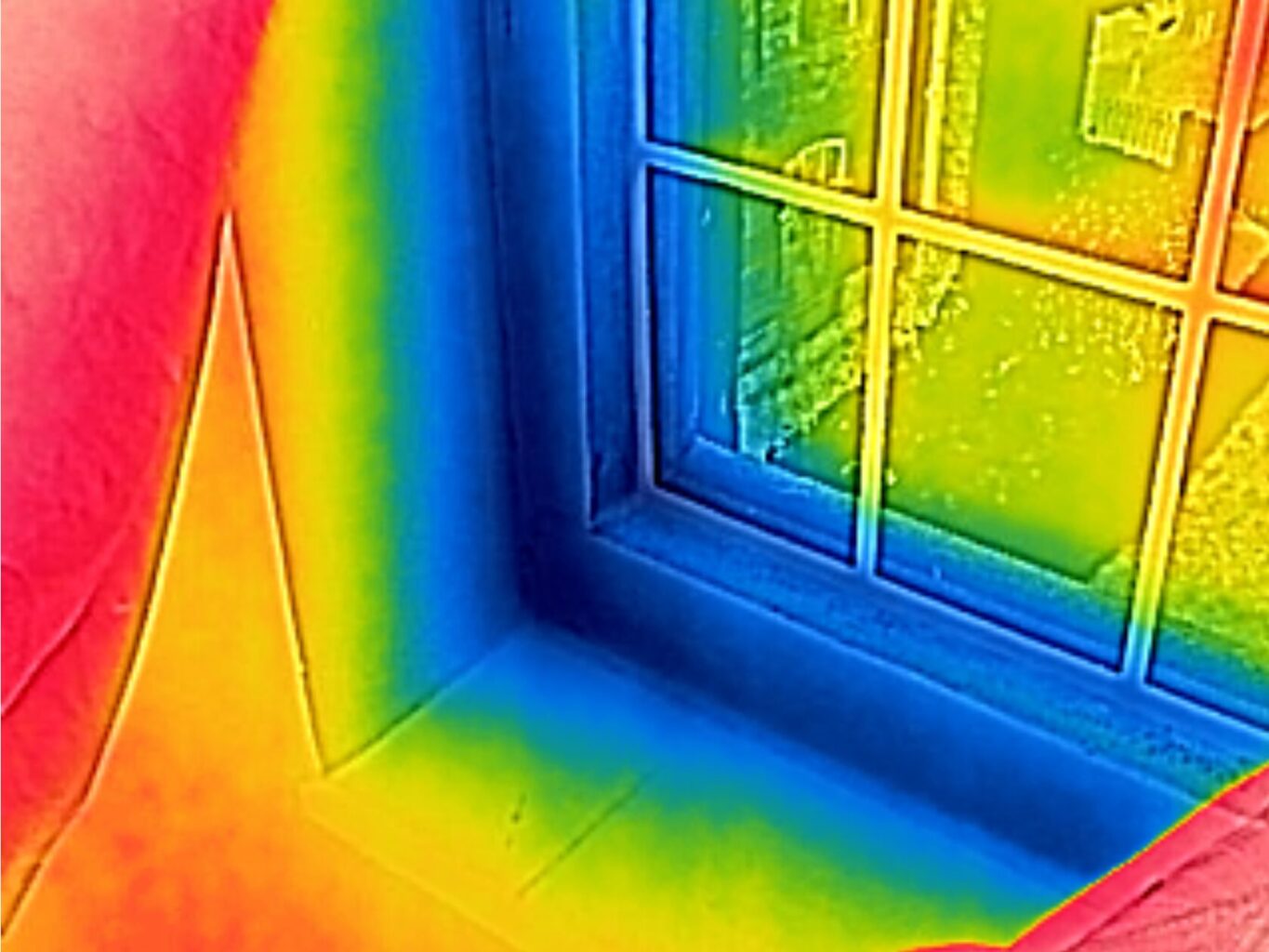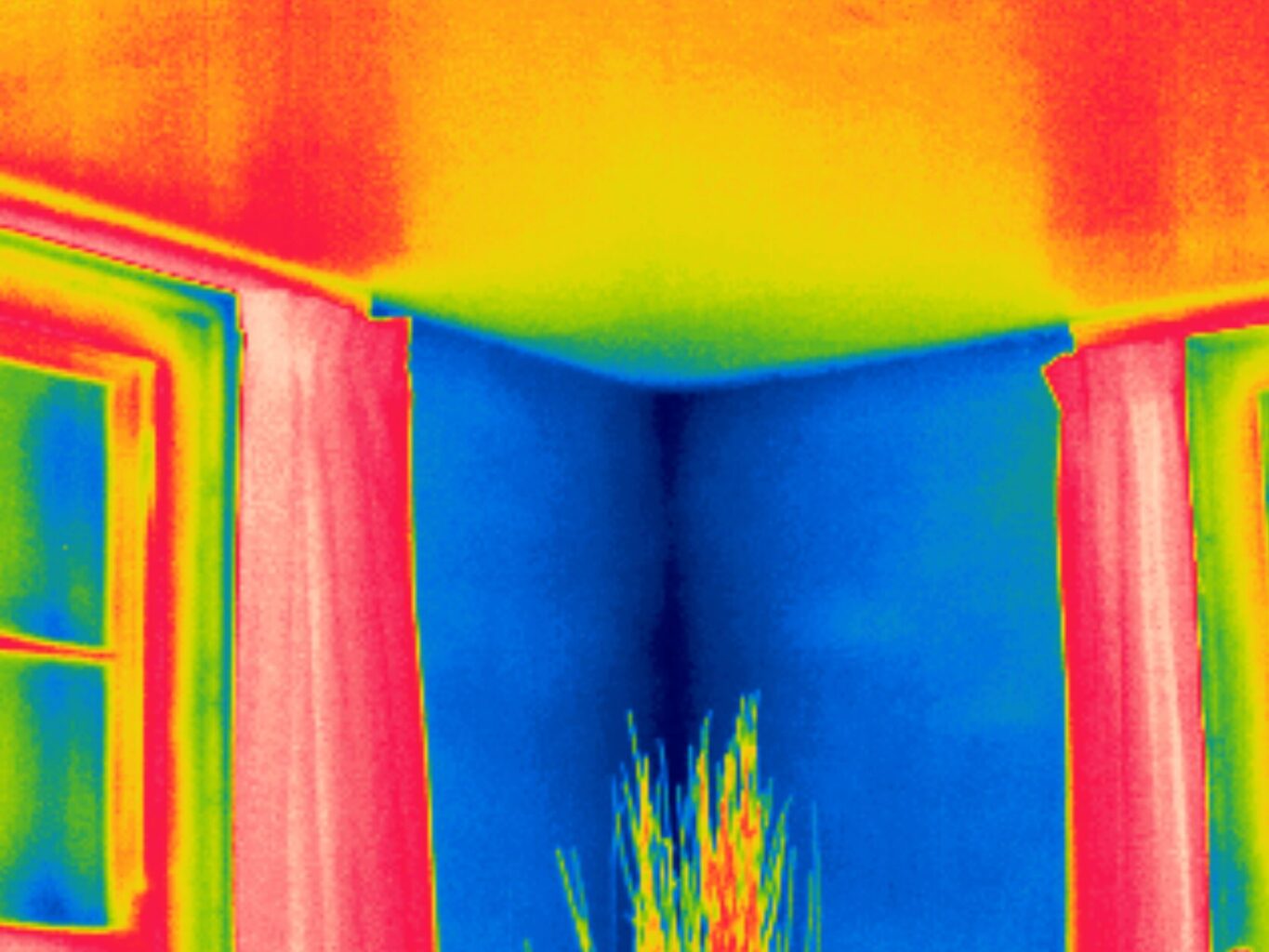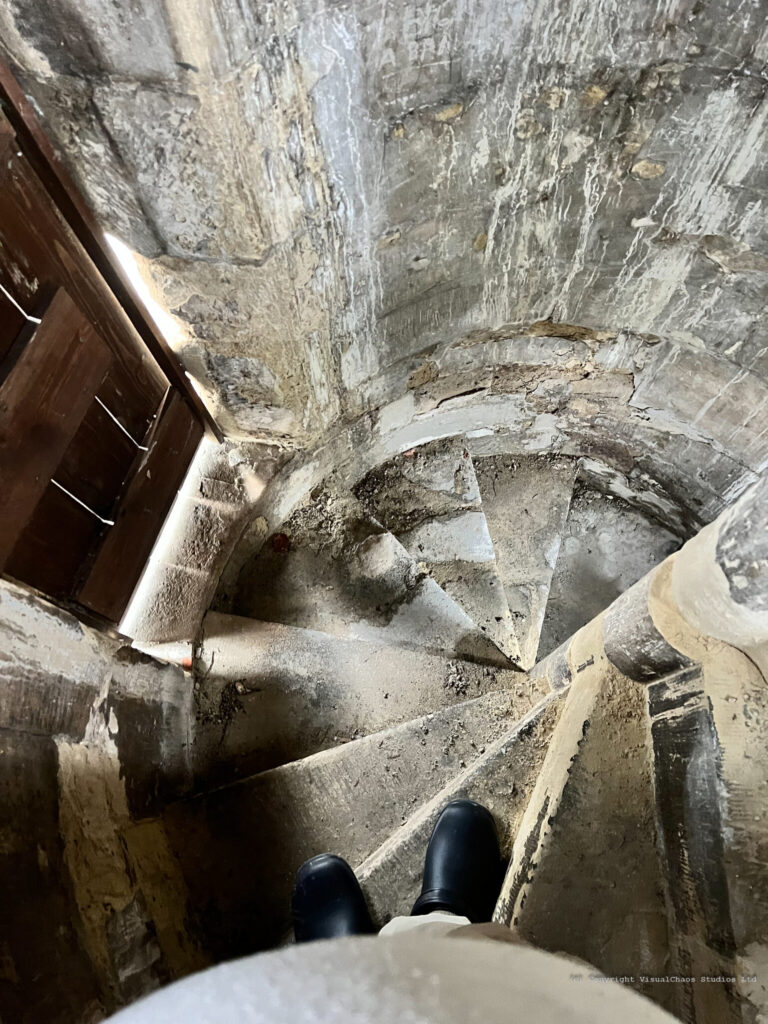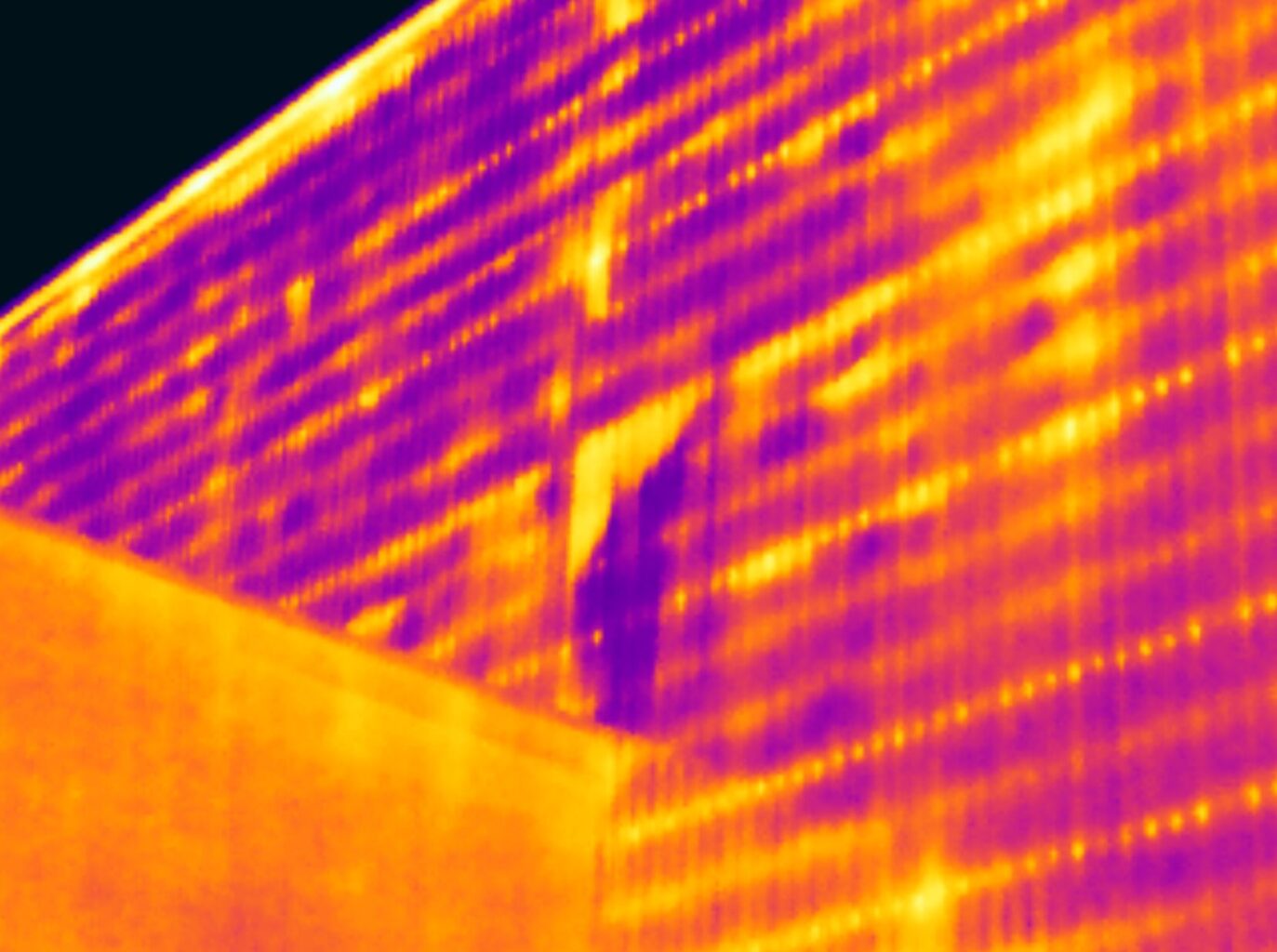As drones become more widely used, more focus is applied as to how they can safely share the airspace with other users. Traditional manned aircraft operate above the 400 foot ceiling for legal drone operation however, the military often fly below this altitude as part of their essential training exercises.
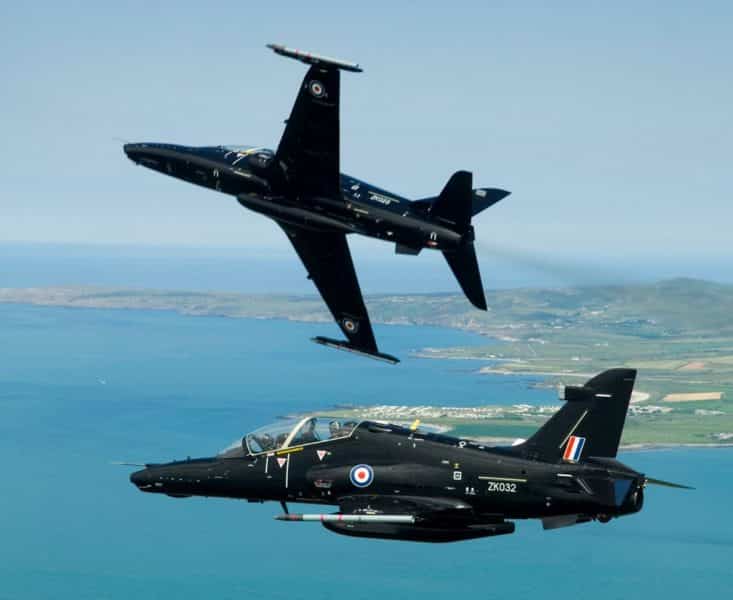
Military training exercises are not limited by geography or timetables as they can occur anywhere across the UK throughout the day or night. They are also not limited by altitude with some flights, particularly with helicopters, reaching all the way down to ground level. Some of these exercises can be conducted at very high speeds and so the aircraft can be upon you almost before you know it. If you mention this in any drone forum, then there’s no shortage of pilots with anecdotes of military aircraft appearing on the horizon and raising their heart rates.
All drone pilots, therefore, need to be aware of this – and this applies whether you are flying your aircraft either commercially or for leisure. Military pilots are often flying at speed and sometimes with limited visibility, and so it falls to the pilot on the ground to take evasive action to avoid risk to machine or personnel.
The RAF recommend
- Using an app such as Drone Assist to register your flight in advance
- Always keep an eye out for military aircraft and, maybe more importantly, listed out for engine noise that might alert you to their presence nearby
- Wear high visibility to increase the chance of military pilots spotting you and being alerted to the fact that a drone might be in the air nearby
If you’re flying and you spot a low flying aircraft, descend your aircraft immediately, land it as soon as possible and keep it on the ground until the danger has passed.
Sharing the air safely and for the benefit of all users is the ultimate goal and one that all pilots will need to focus on in the future as our airspace is more widely used by craft of all sizes.



